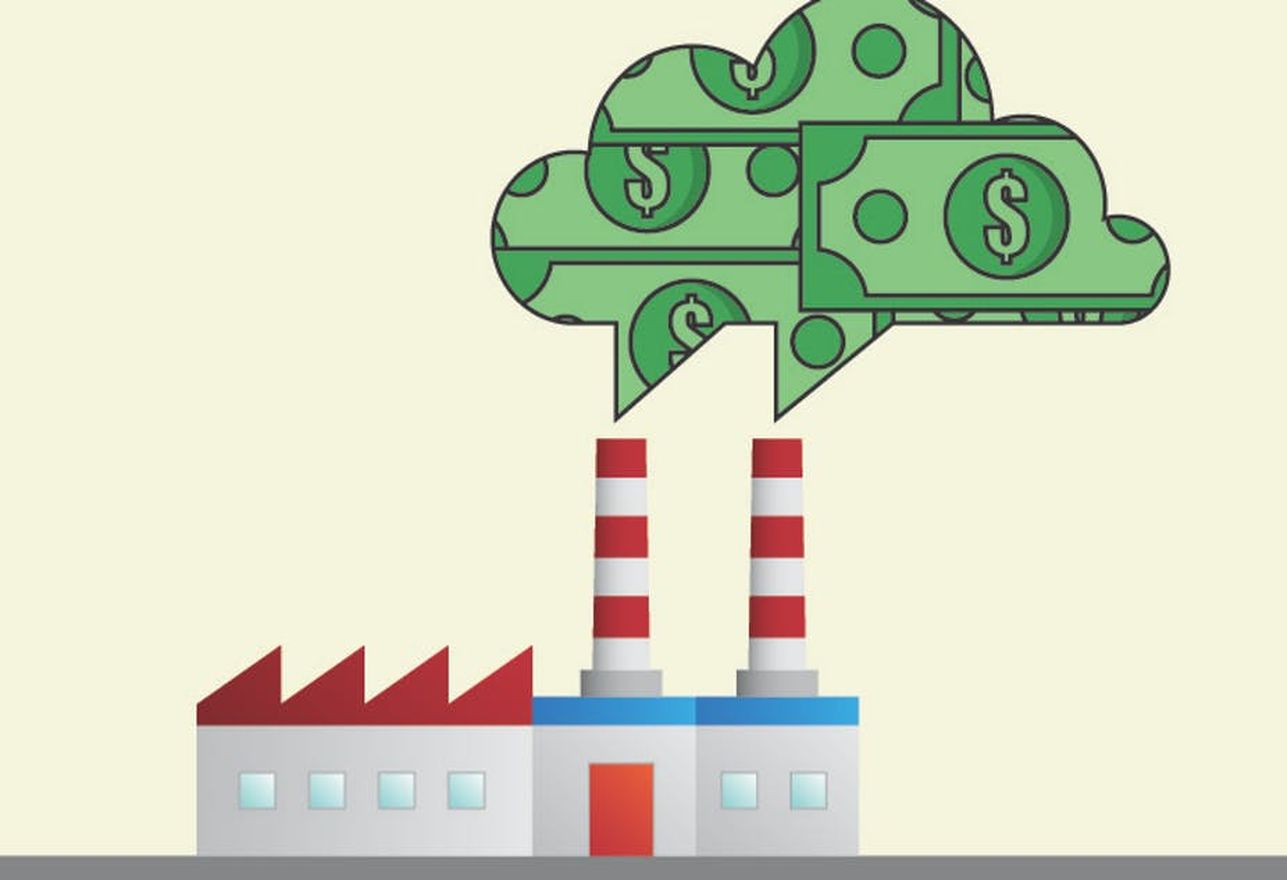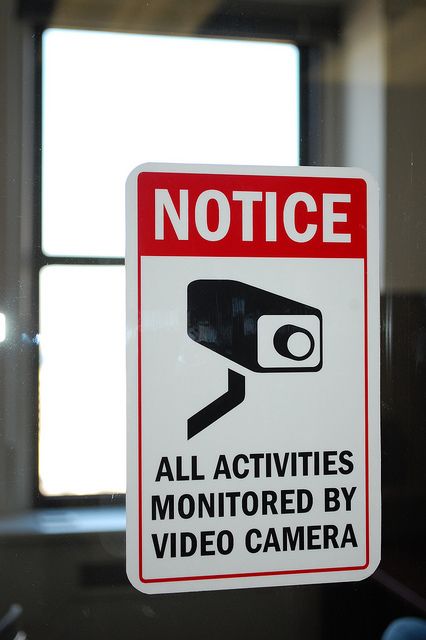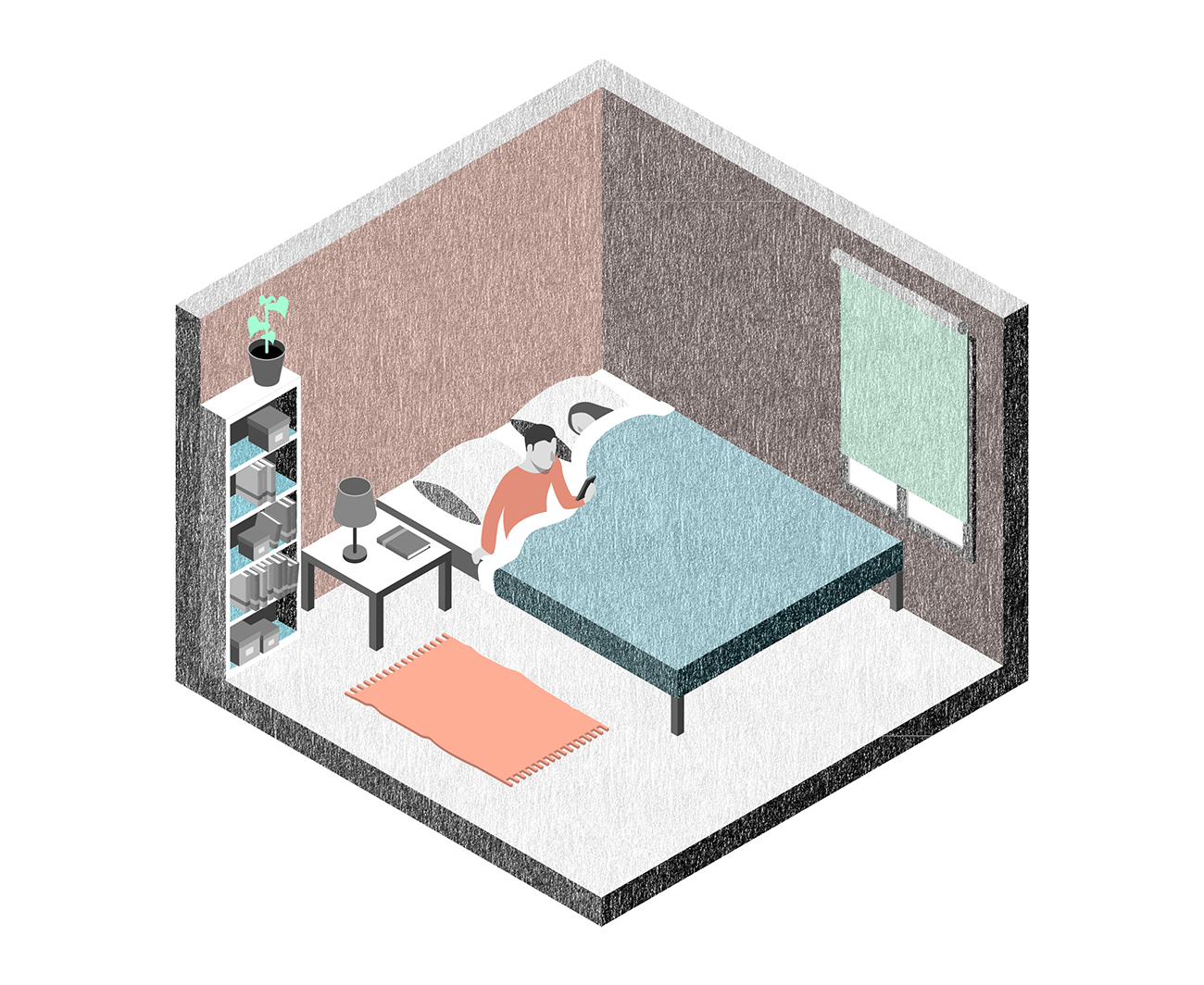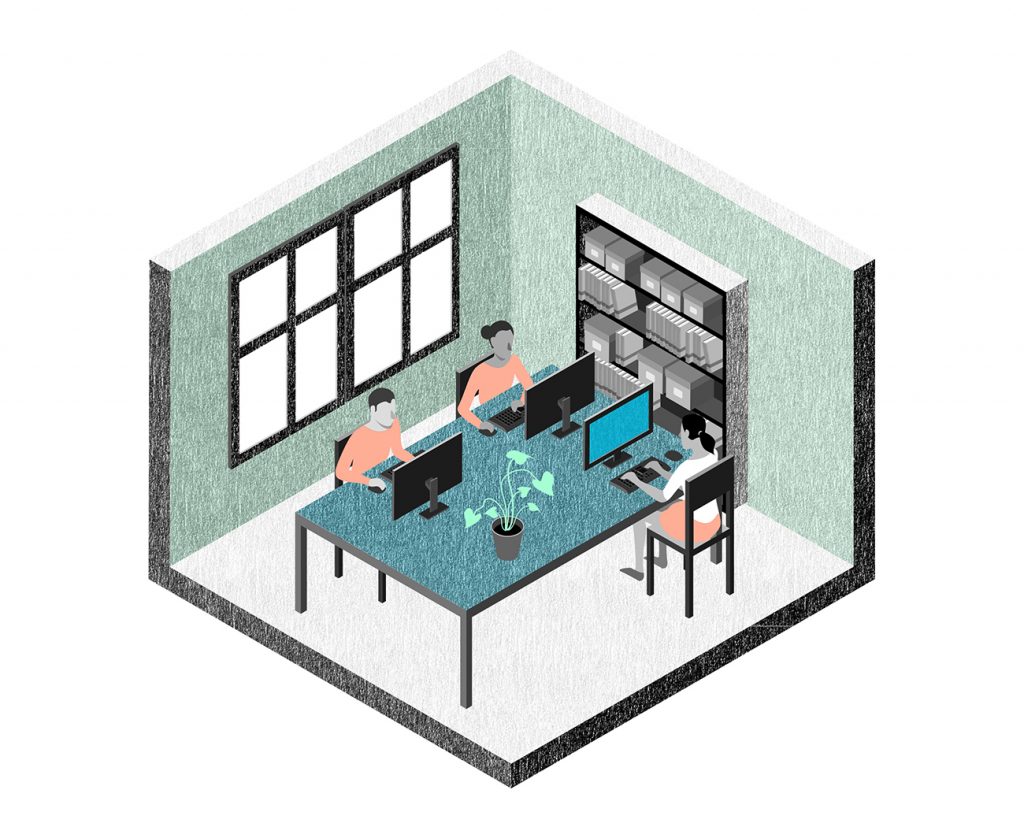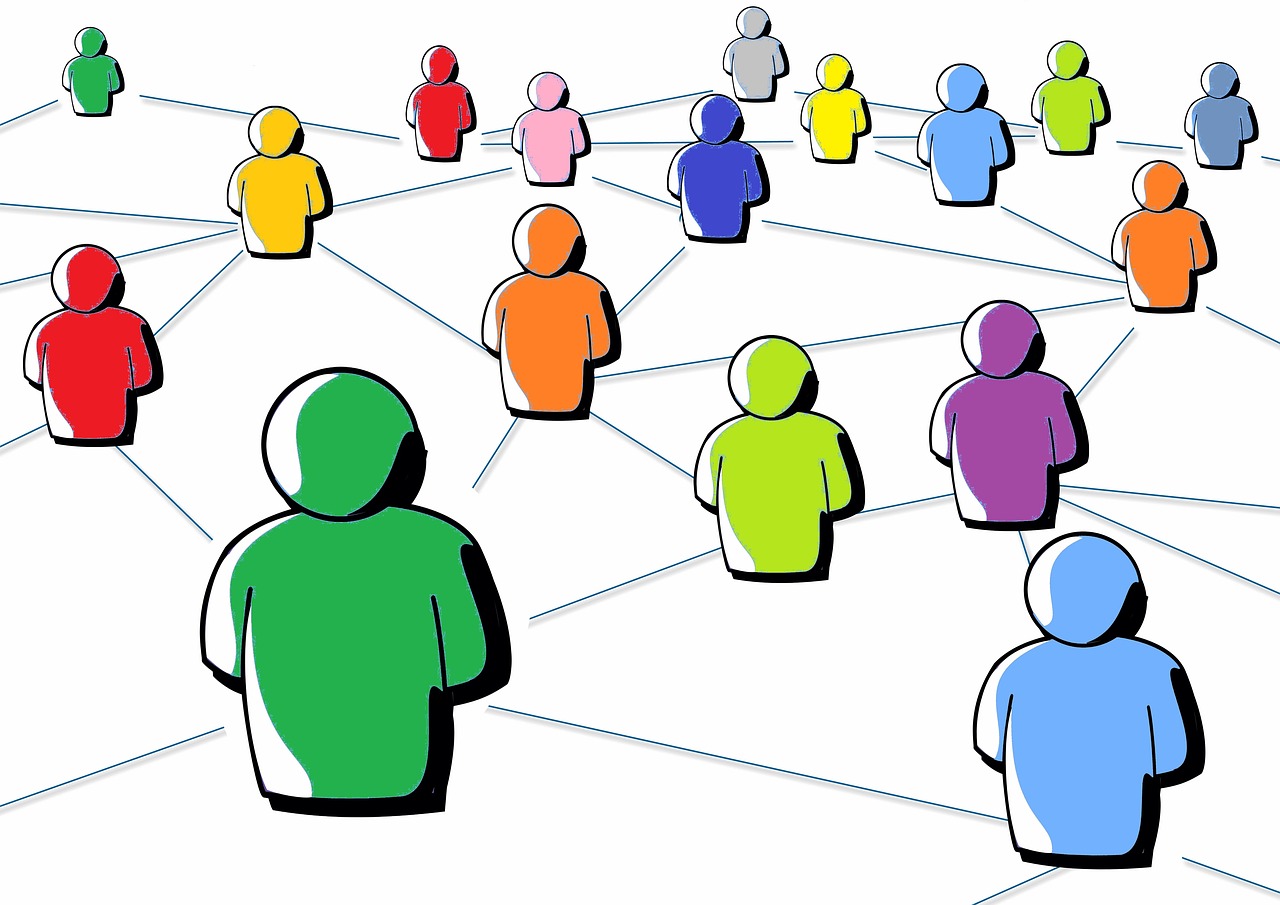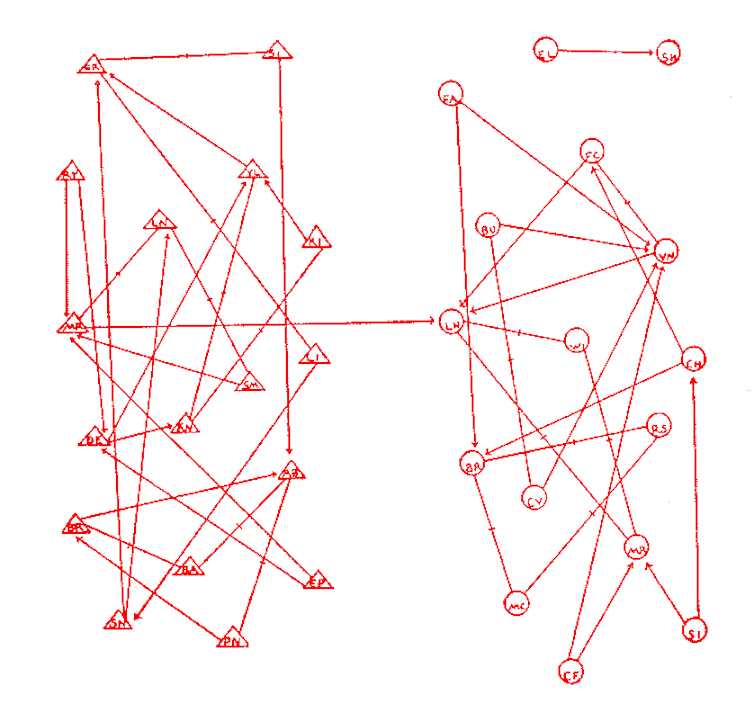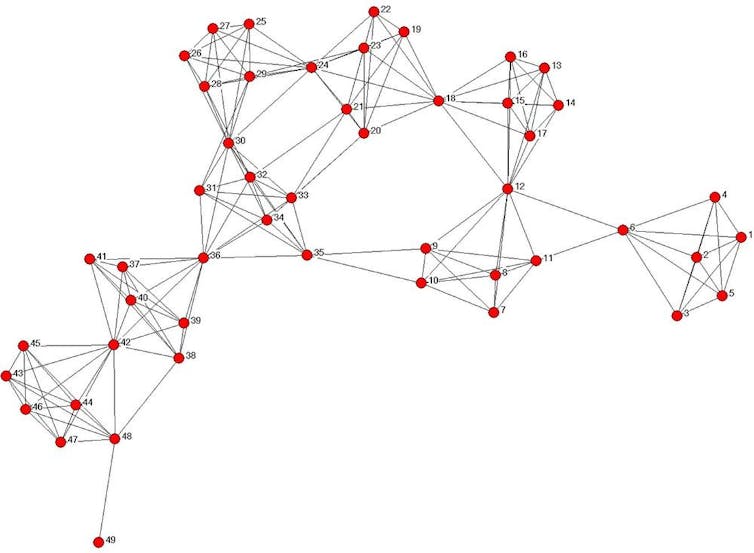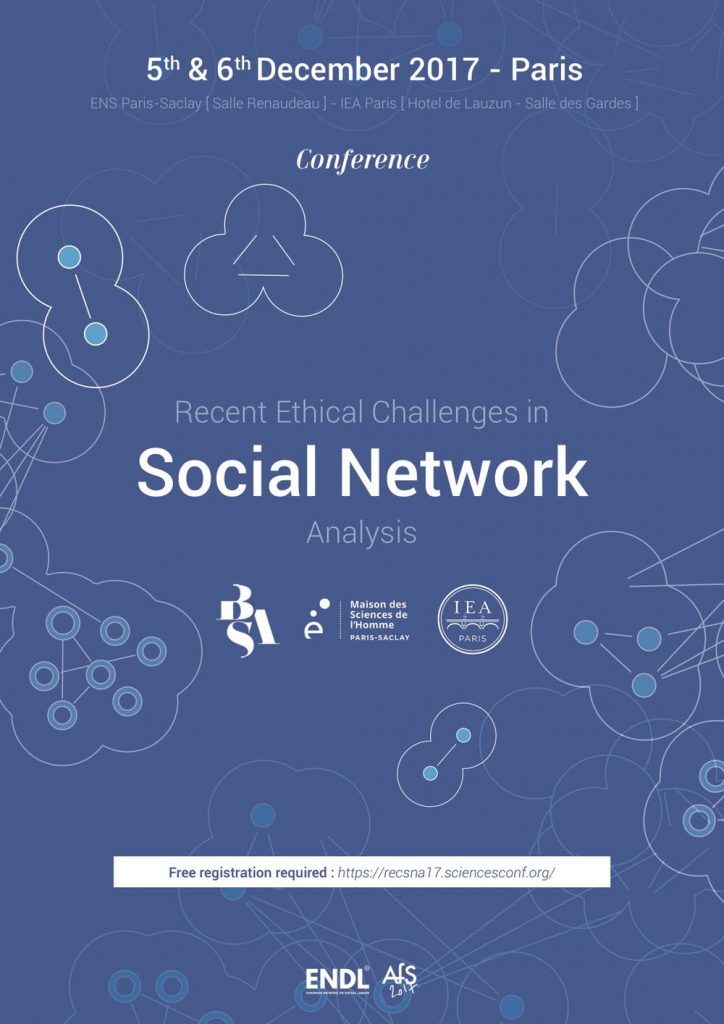Debate: carbon tax, an optical illusion
Fabrice Flipo, Télécom École de Management – Institut Mines-Télécom
[divider style=”normal” top=”20″ bottom=”20″]
[dropcap]T[/dropcap]he climate is warming and changing: we must act. On the French version of the website The Conversation, climate change specialist Christian de Perthuis recently applauded the introduction of the carbon tax in France in 2014 and its gradual increase.
Referring to the “Quinet value” (around 90 euros), the author suggests that reaching this price would “guarantee” that greenhouse gas emissions would decrease four-fold. When they accumulate in the atmosphere, these emissions disrupt the climate’s balance.
France therefore would appear to be on the right path, seemingly part of the “narrow circle” of model students. Sweden, with its carbon tax of 110 euros, is cited as an example. Inequalities in terms of access to energy are offset by the energy voucher benefit. There’s only one hitch: the carbon tax is very unpopular.
Dependence on fossil fuels
This is an appealing example, but in fact it is deceiving.
First, we must remember that Sweden depends less on fossil fuels than France, representing approximately 30% of its primary energy balance against 50% in France. And France is much more dependent than the figures show.
We must keep in mind that “primary energy” refers to the energy produced within a country, to which we must add imported energy. This amount is different from the “final energy”, which refers to the energy charged to the consumer. Between these two categories is where the losses are hidden. However, there is a 70% difference between primary and final energy for nuclear energy, which is crucial in the French energy mix.
In the light of these figures, we understand why it is easier for Sweden to combat these greenhouse gas emissions.
Also, the transition Sweden has achieved over the past decades did not only rely solely on the carbon tax. While it is true that the country went from 70% of fossils in the 1970s to approximately 30% in its primary energy balance, this was due to a set of combined measures, including grants and the development of local channels; but also due to a serious economic crisis in the 1990s.
This led to devaluation, which resulted in a considerable increase in the price of fossil fuels, which brought about significant and lasting changes in the local market conditions. Finally, Sweden developed electricity production primarily based on hydropower and nuclear energy. And the “decarbonization” was also brought about by the strong development of district heating networks and significant incentive policies for renewable energies.
The tax is must therefore be understood as part of a clear and comprehensive strategy, based on strong political support, which is not the case in France. On June 10, 2016, the five main political parties in Sweden concluded an agreement on the country’s energy policy.
One of the specific objectives was that Sweden would no longer emit greenhouse gases by 2045, and that the national electrical production would rely entirely on renewable energies as early as 2040. Measured in primary energy, Sweden already relies on 36% renewable energy: this is much more than France, which has stagnated in this area for the past 30 years (13 Mtoe in 1970 on a balance of 170 Mtoe, 24 on a balance of 260 Mtoe in 2016).
There is nothing to show that the tax played the role attributed to it by Christian de Perthuis, quite the contrary. We can also note that energy policy is a topic that is regularly absent from French public debate.
Outsourced emissions
Yet in Sweden, things are not as rosy (or green!) as they seem. A significant part of the country’s economy is now devoted to the tertiary (services) sector, and the share of the industrial sector has declined, as in France. Services account for 72% of GDP and 80% of the labor force. These figures are comparable to those in France (80% and 76% respectively).
This means that Stockholm is increasingly buying the goods consumed on its territory, like its electronic products, elsewhere. Therefore, Sweden outsources the greenhouse gas emissions related to the manufacturing of these products. In 2008, WWF estimated that 17% of emissions should be added to Sweden’s balance to obtain the net total of its emissions. This is still better than France, which must add 40%.
For all its talk, France is not a leader in climate issues.
Paris and much of French media prefer to criticize German coal for its harmful emissions, despite Germany having reduced these emissions by 25% since 1990. While many commentators are focusing on Germany’s failures (perhaps to better excuse our own failures?), we must remember that German emissions have dropped from 1041 MtCO₂ in 2000 to 901 in 2015.
Germany, with its less service-based economy, draws its fuels from its own soil; therefore, it does not outsource its emissions. Although German emissions stopped declining in 2009, their decarbonization policy remains unchanged; it has simply introduced the additional constraint of phasing out nuclear power. And it is doubtful that Germany will succeed in doing what also appears impossible in France (and elsewhere): reconciling infinite growth with respect for the planet.
French companies have bad report cards
All the countries in the world cannot continue to pass their emissions on to their neighbors. Therefore, the decoupling of economic growth from greenhouse gas emissions mentioned by Christian de Perthuis in his article certainly appears to be an illusion.
In reality, France is the 7th largest global contributor to climate change. This is explained by the mass of cumulative emissions over a long period of time, keeping in mind that what causes global warming is not the annual emissions of greenhouse gas, but rather their gradual accumulation over the past 150 years.
The warming is a function of the concentration of greenhouse gases in the atmosphere, and thus of the overall carbon stock there. Although France now emits relatively little in comparison, it has emitted large amounts in the past. We would expect France to set an example, as it committed to do under the Kyoto Protocol.
We must emphasize that the policies of French multinationals are very far from respecting the recent commitments of the Paris Agreement to combat climate change: these policies lead to a rise of 5.5 °C. Finally, Sweden and France are taking risks in committing to nuclear energy, despite the statistical certainty of an accident revealed by the revised calculation methods following the Fukushima disaster.
A political issue
Distributing a voucher for 150 or 200 euros to help the poorest individuals cope with their dependency on fossil fuels is indecent in a context of increased wealth among the wealthiest individuals and the stagnation of low wages in developed countries. The most affluent will continue to consume more and more, thus emitting more and more greenhouse gases.
Finally, there is the question of how Christian de Perthuis’ article can define a “good policy” based solely on economic analysis, without including a multi-disciplinary perspective and a public consultation process.
For a few decades now, a number of economists have stubbornly continued to propose this unpopular carbon tax, which is profoundly unequal, since the tax is similar to the VAT. It affects all budgets indiscriminately.
The wealthiest individuals and high-value added activities, which “drive” growth, will pay the tax without even noticing, and will continue to feed the machine, consuming more and more; while those with the lowest incomes, or those for whom fuel represents a significant portion of their budgets, will be greatly impacted. None of this makes any political sense.
In budgets, the priority continues to be given to roads and cars (+16% in 1990-2014 compared to -14% for rail tracks). And yet we want to penalize those who use them? Do we really want to save the climate?
The right approach lies in popular mobilization and creative energies; this is a political problem, not only an economic one. By ignoring this, we avoid putting the real obstacles on the table, such as market balances between major operators (who want to keep their shares, arguing that they need time to change) and innovators that are struggling to make a name for themselves.
Fabrice Flipo, Professor of social and political philosophy, epistemology and the history of science and technology, Télécom École de Management – Institut Mines-Télécom
The original version of this article was published on The Conversation.

